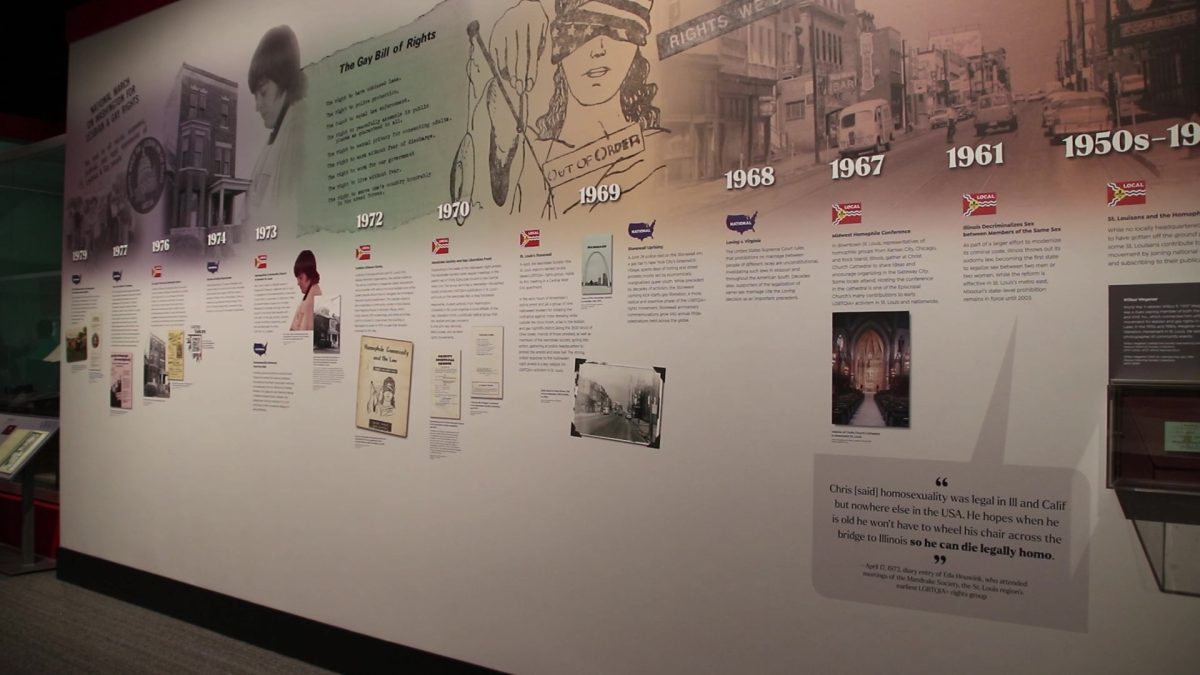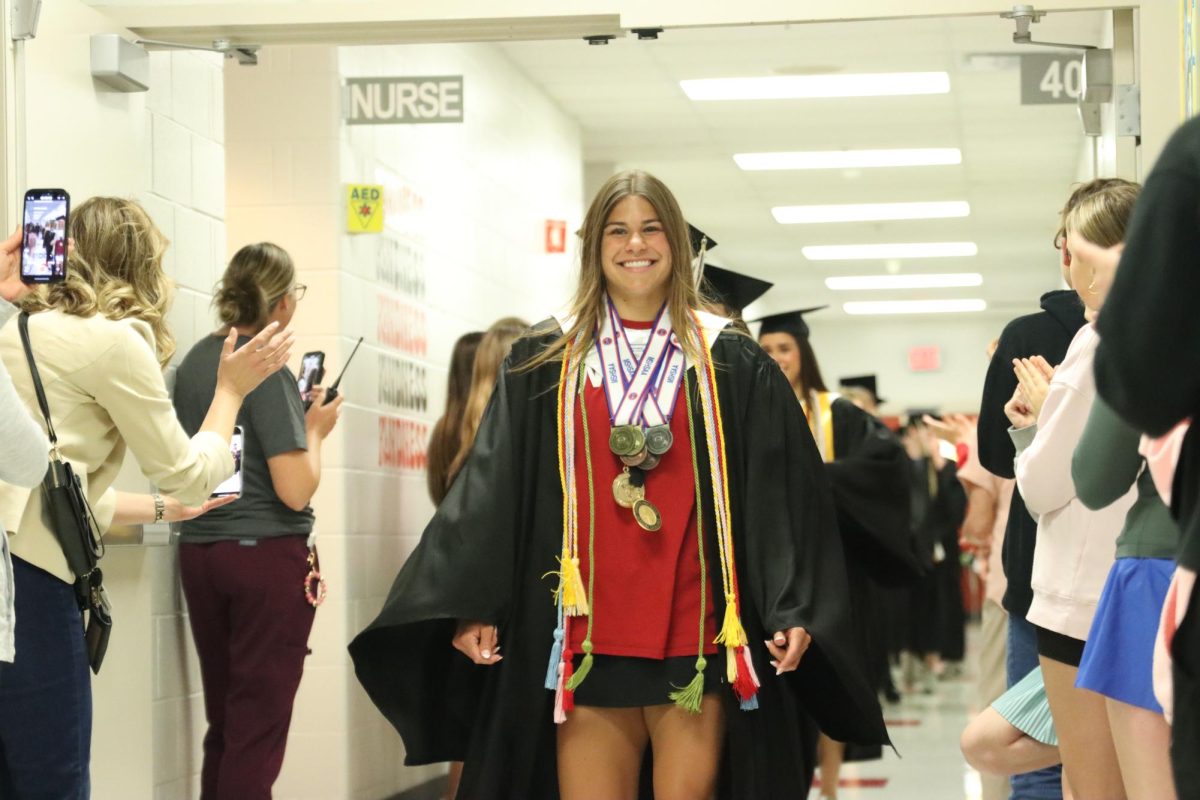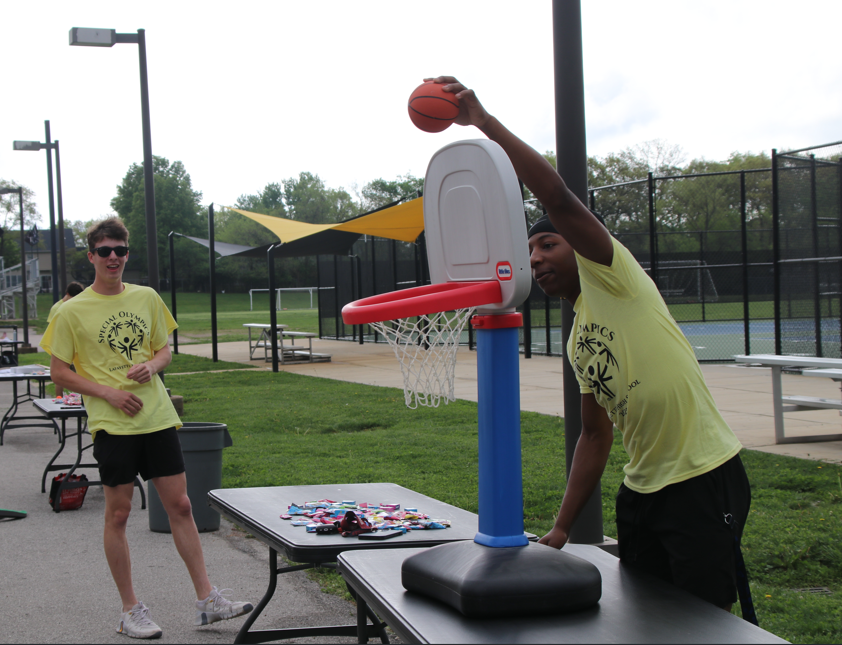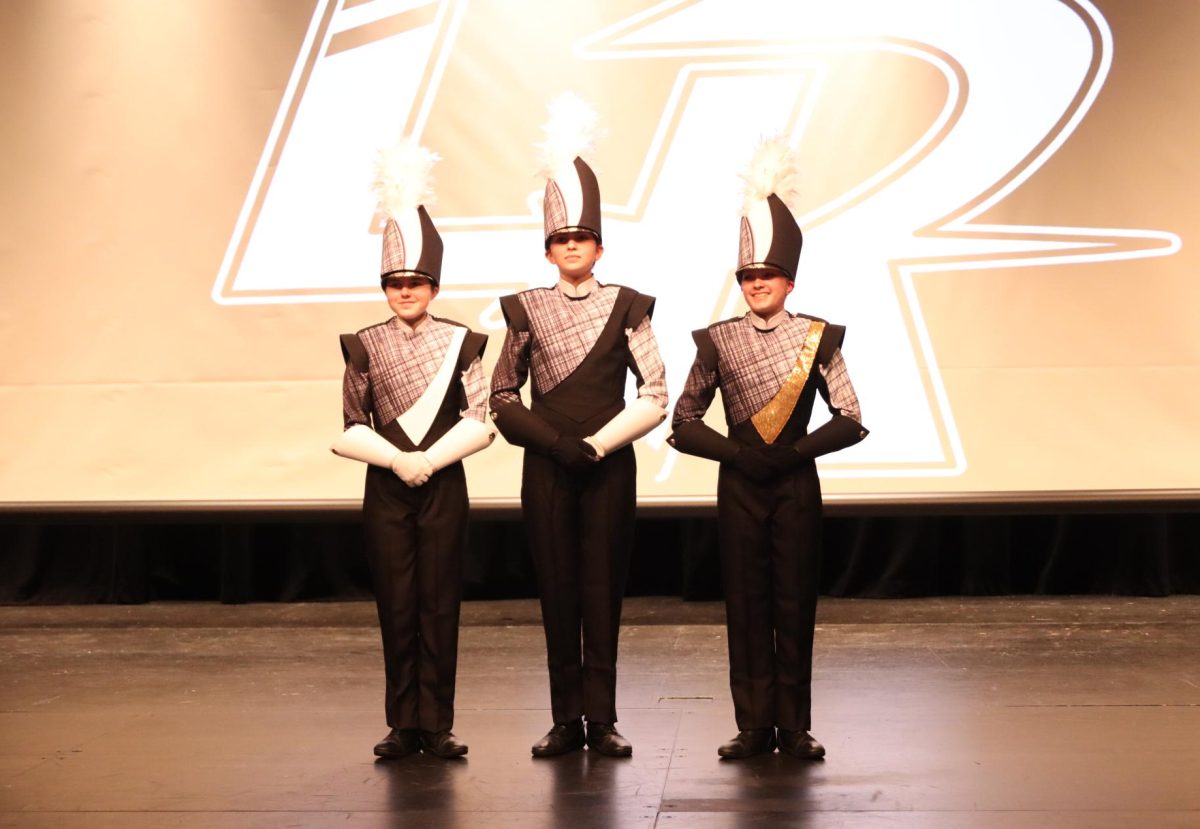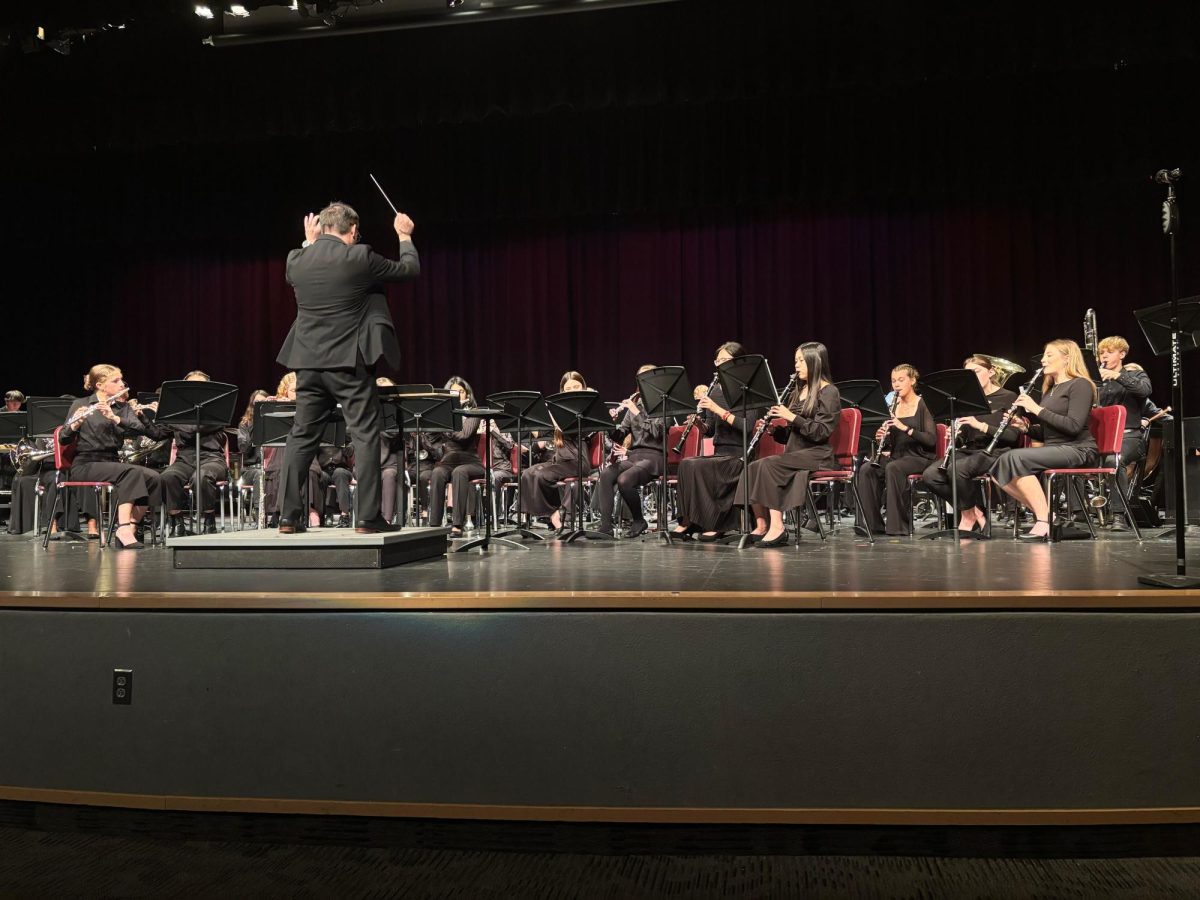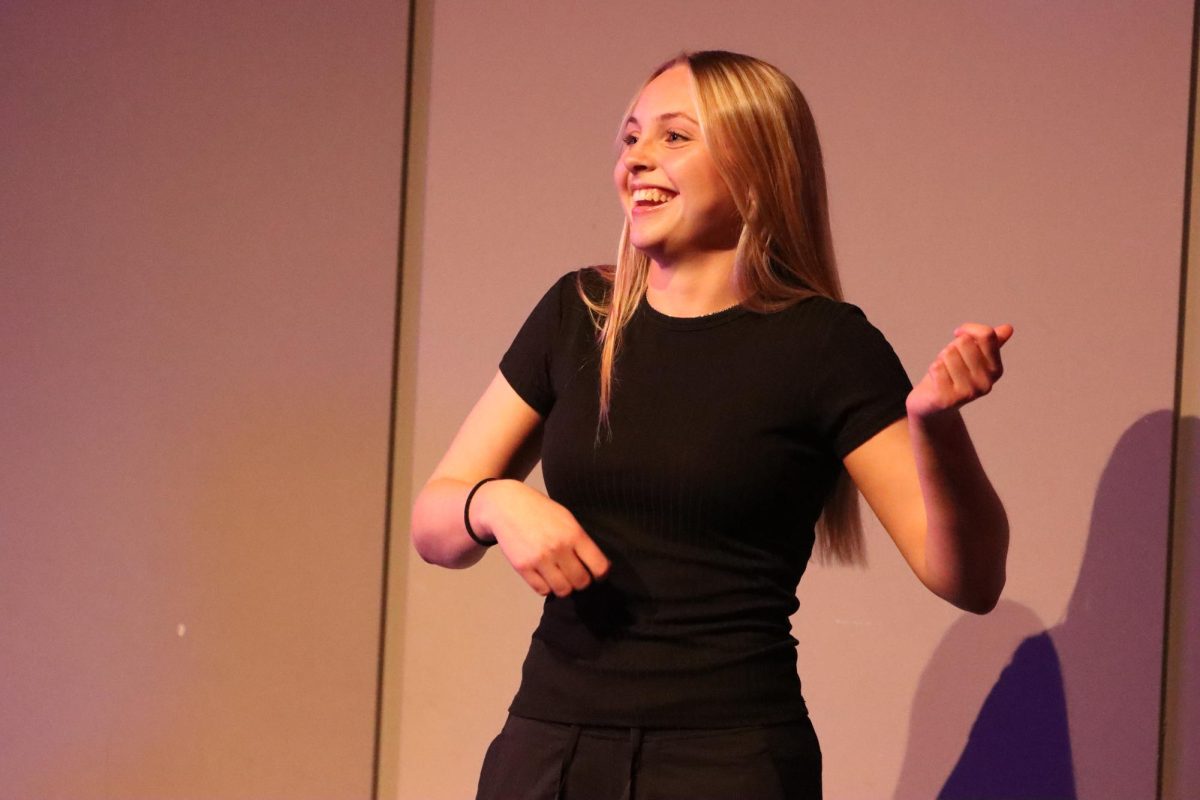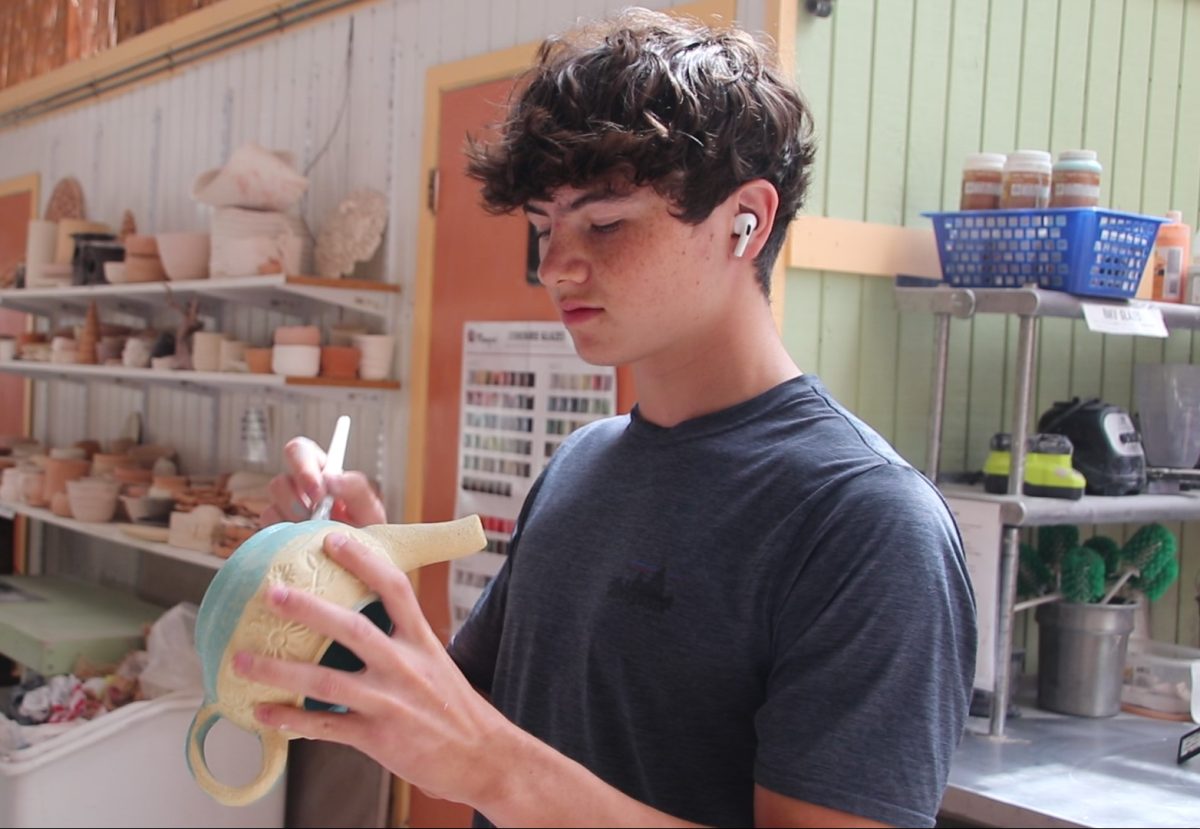“We had to [reschedule] a lab once I found out everything’s been shut down, so it drastically changed our curriculum. The kids aren’t able to cook until we hear back [from the district],” FACS Department Chair Becky Lawrence said.
Because unsuitable lead levels were found in Room 109’s water, Lawrence’s FACS class’ curriculum has had to be adjusted.
However, Lawrence’s room isn’t the only area that has been impacted after results of lead testing in the district’s water supply were reported to the district by SCI Engineering, Inc.
The mandatory lead testing was the result of a 2022, Missouri law “Get the Lead out of School Drinking Water Act,” requiring public educational facilities to test the levels of lead content in water sources that are “potable drinking water outlets used or potentially be used for drinking, food preparation and cooking or cleaning utensils,” the Missouri Department of Health and Senior Services said.
The law requires the lead content in water sources to be below five parts per billion, which is equal to five micrograms per liter. The Center for Hazardous Substance Research said an easy way to visualize what one ppb is, is that for every billion drops of water, one drop would have lead in it. The 5 ppb level state requirement is a stricter guideline than the U.S. Environmental Protection Agency’s recommended level of 15 ppb.
The deadline for all schools in Missouri to complete the testing is Aug. 1, 2024. Lafayette’s testing was done over the summer.
“We’re well ahead of the timeline for this,” Chris Freund, Rockwood’s Director of Facilities said. “We voluntarily chose to start this process early because, obviously, we’re a really large district.”
According to the Rockwood website, Lafayette had 105 water outlets tested. Of those, 97 met the new Missouri level of 5 ppb or less.
Room 109’s southern sink had the second highest lead levels coming in at 191 ppb. Lawrence said she is not sure why that sink was so high compared to the other sinks in her room, because it’s used as frequently as the two others in her classroom, which tested at 14.6 ppb and 8.1 ppb.
“Each of the water sources listed above has been taken out of service by our facilities team. The affected water sources will remain out of use until the source of the contamination is identified and the fixtures are repaired or replaced and then retested to ensure the sources are within the acceptable state-mandated threshold,” Freund said in a message sent through Parent Square.
The district received test results on Nov. 13.
“We’re already remediating faucet aerators on the kitchens. I believe we have gotten some FACS labs, and if not they will be next on the priority list. We’ve already completed some second round testing last Thursday and Friday and we’re expecting those results in the next couple of days,” Freund said.
The kitchen isn’t as affected by some of their water supplies being shut off, Kitchen Manager Diane Pfeiffer said.
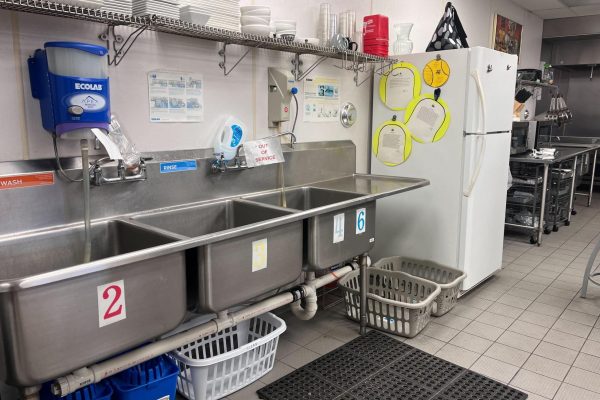
“It’s not affecting us in any way, because all of the water sources [affected] are things that we don’t use on a regular basis,” Pfeiffer said.
However, the results have greatly affected Lawrence’s cooking classes.
“For our curriculum, we’re cooking every day. [Students] need to wash their hands frequently, they need to do dishes and be able to reuse those dishes. They need to be able to cook with the water and drink the water. That’s all expected in a commercial kitchen,” Lawrence said.
The district did its testing over the summer, since it made the most sense logistically, Freund said.
“You can’t draw your water unless it’s been sitting stagnant from 8 to 18 hours. So when the school year is in, it makes it difficult not knowing when water was last used. So it made sense to do our first round of testing over the summer,”
However, because the testing was done when the water wasn’t being used for months, Lawrence believes that the results weren’t necessarily the most accurate.
“I was told the tests were taken over the summer, when the water isn’t running. So they just found the test results based on stagnant water. I would like to see a little bit more accurate and timely tests. Right now the results, in my opinion, are skewed and are not representative of what’s actually coming out of the faucet,” Lawrence said.
Despite the conflicts the results are causing, Freund does think it’s important to keep track of.
“I think it’s definitely a good thing. I mean you want to be monitoring your water conditions,” Freund said.
Freund also said Lawrence’s classroom should be retested in the week of Nov. 27 and the results should be received a few days later.
“The water sources will remain out of service until we receive the results and they are within the 5 ppb threshold established by the State of Missouri,” Freund said.



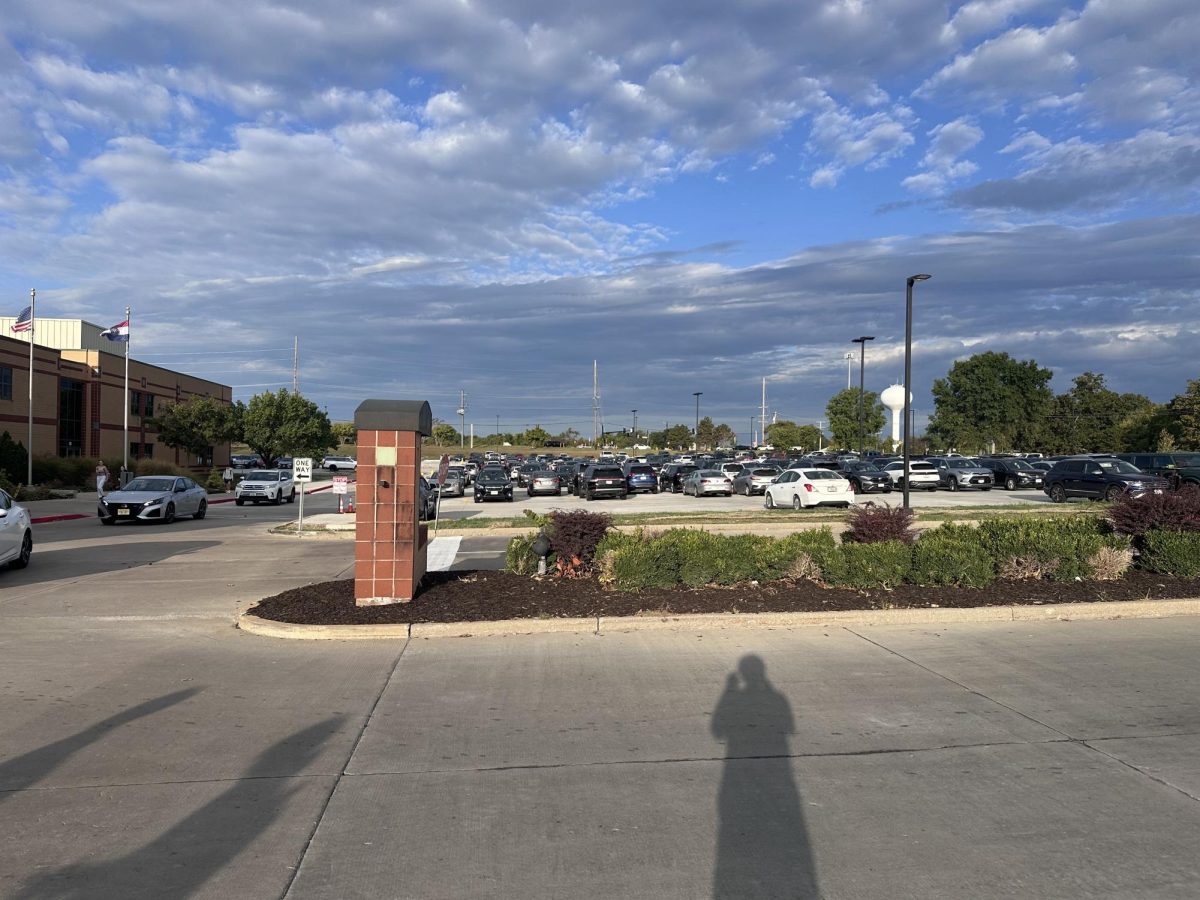
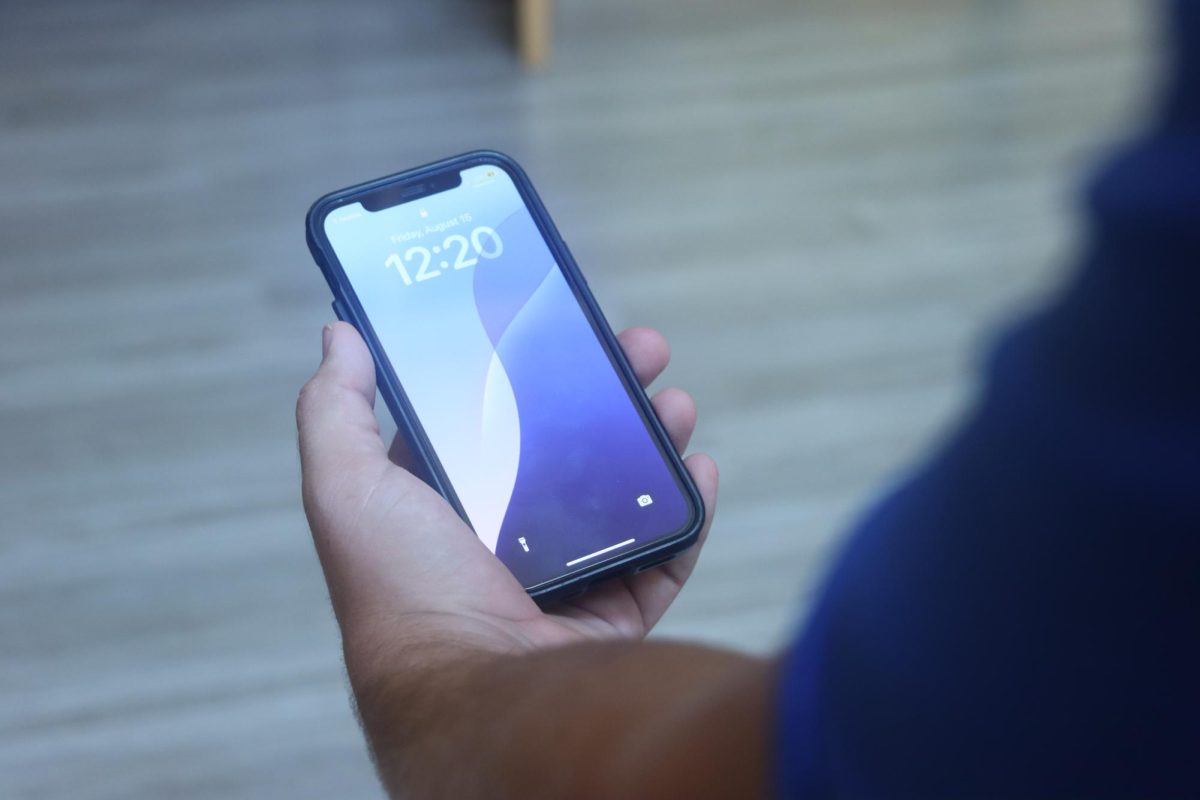

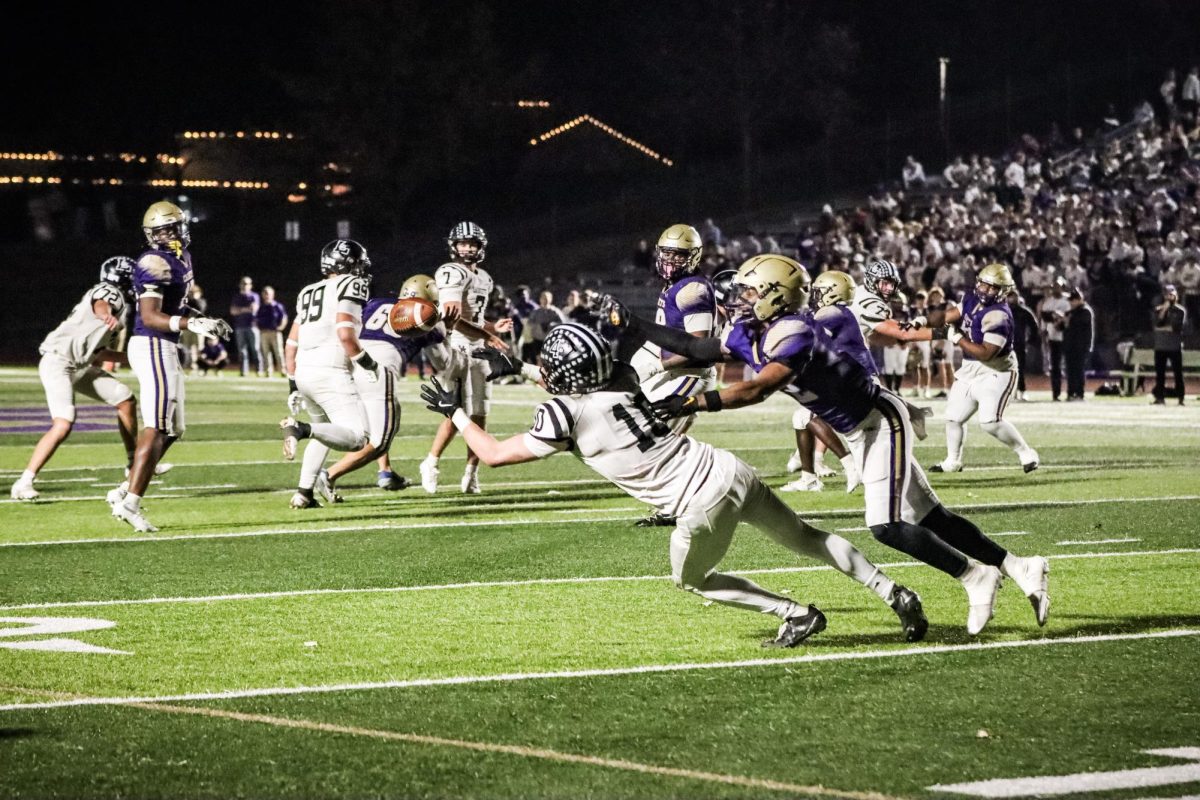
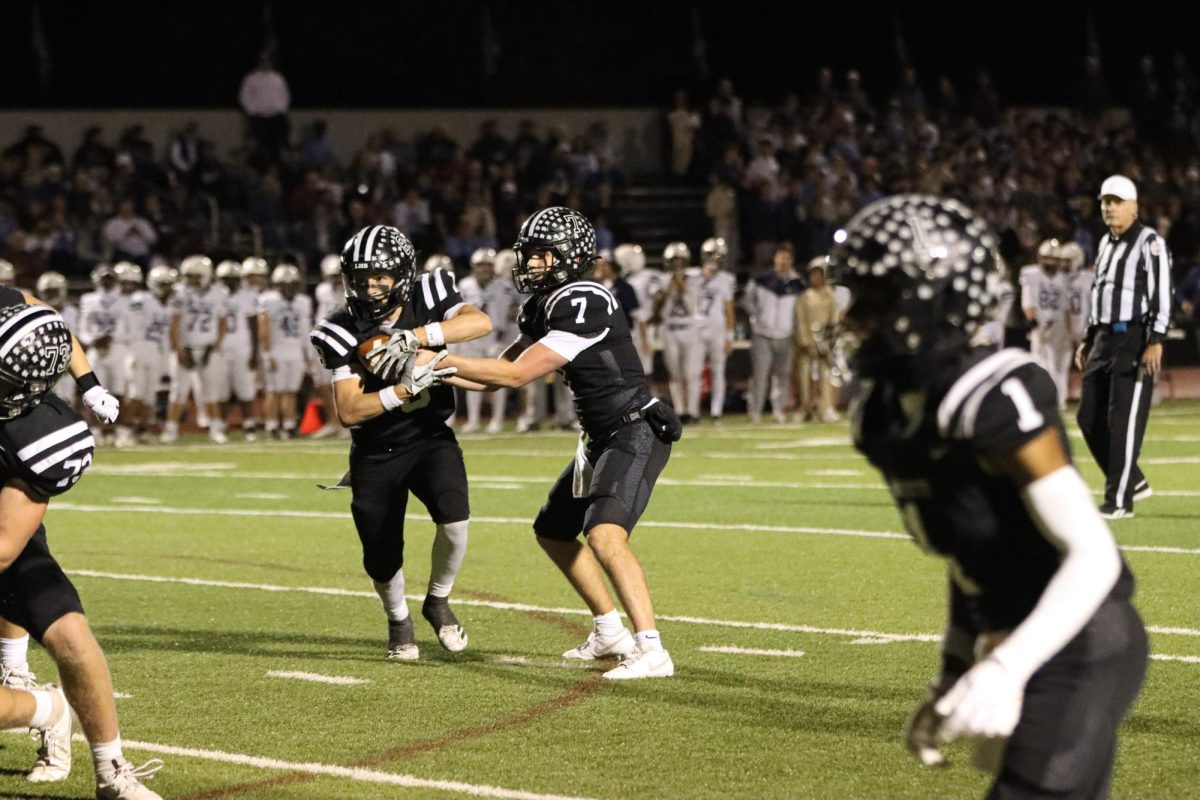
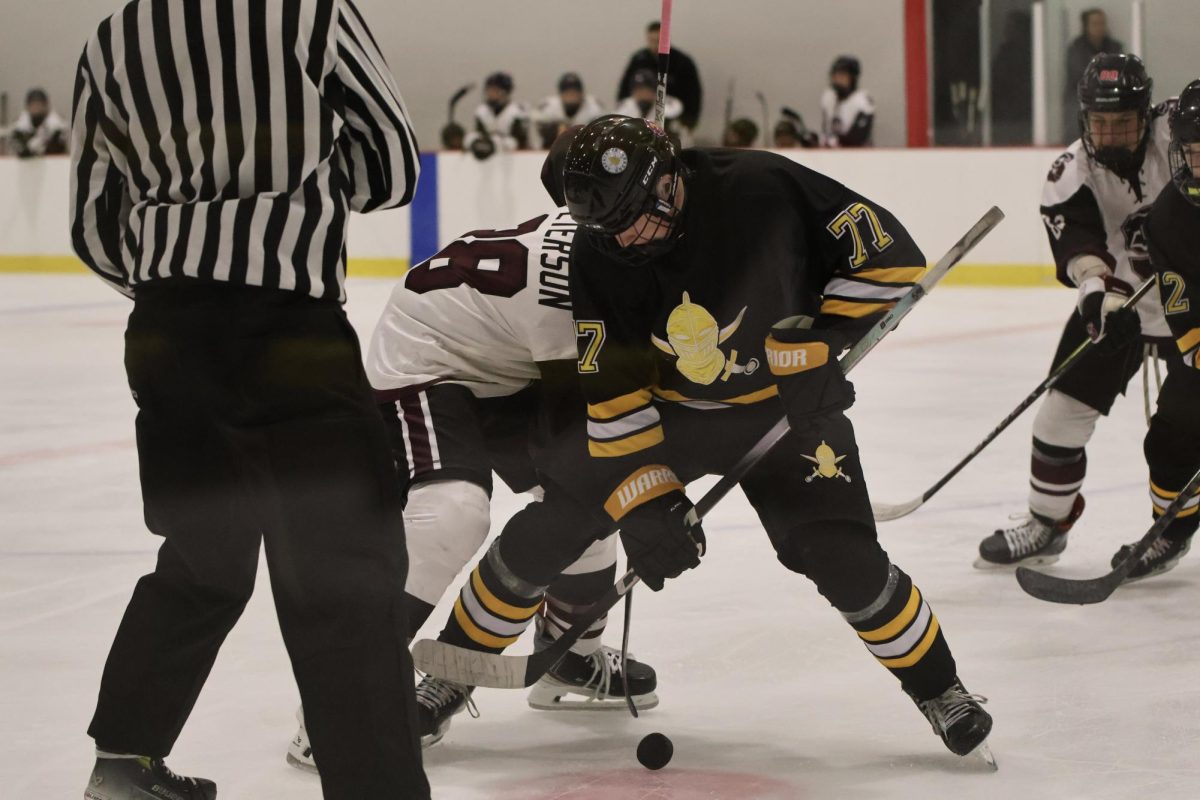
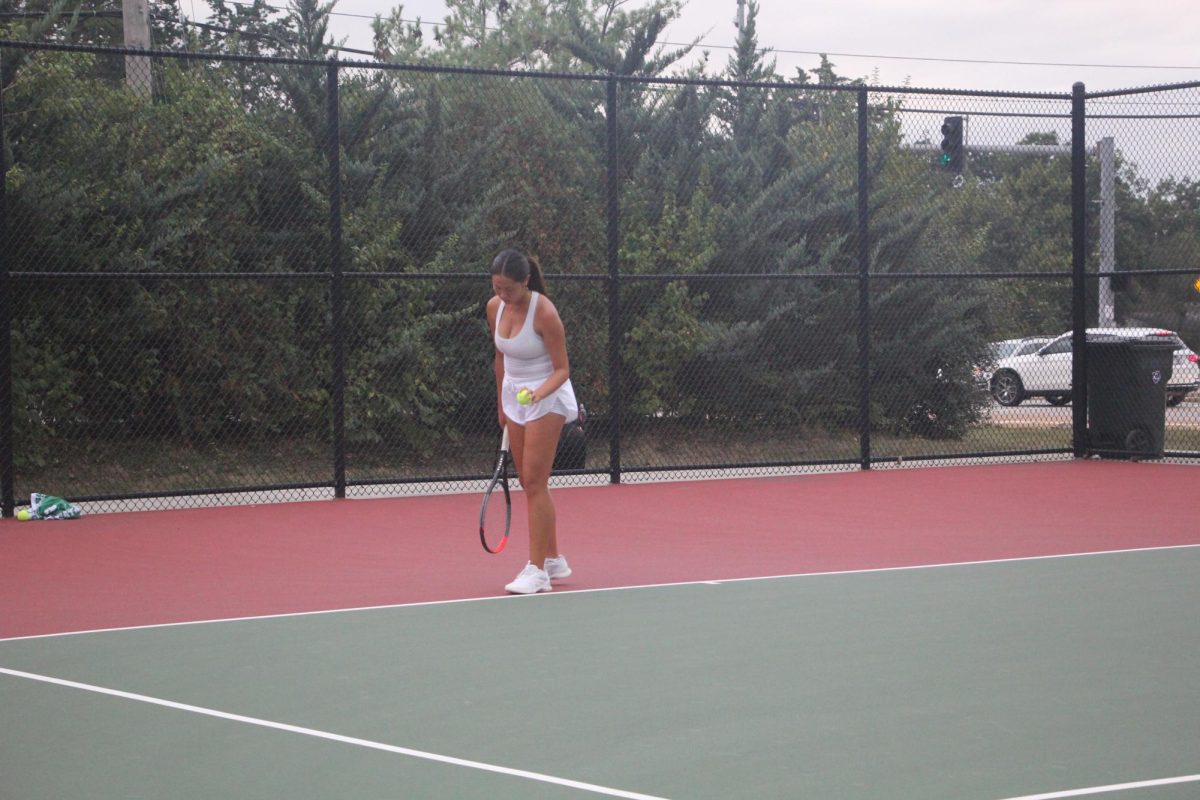
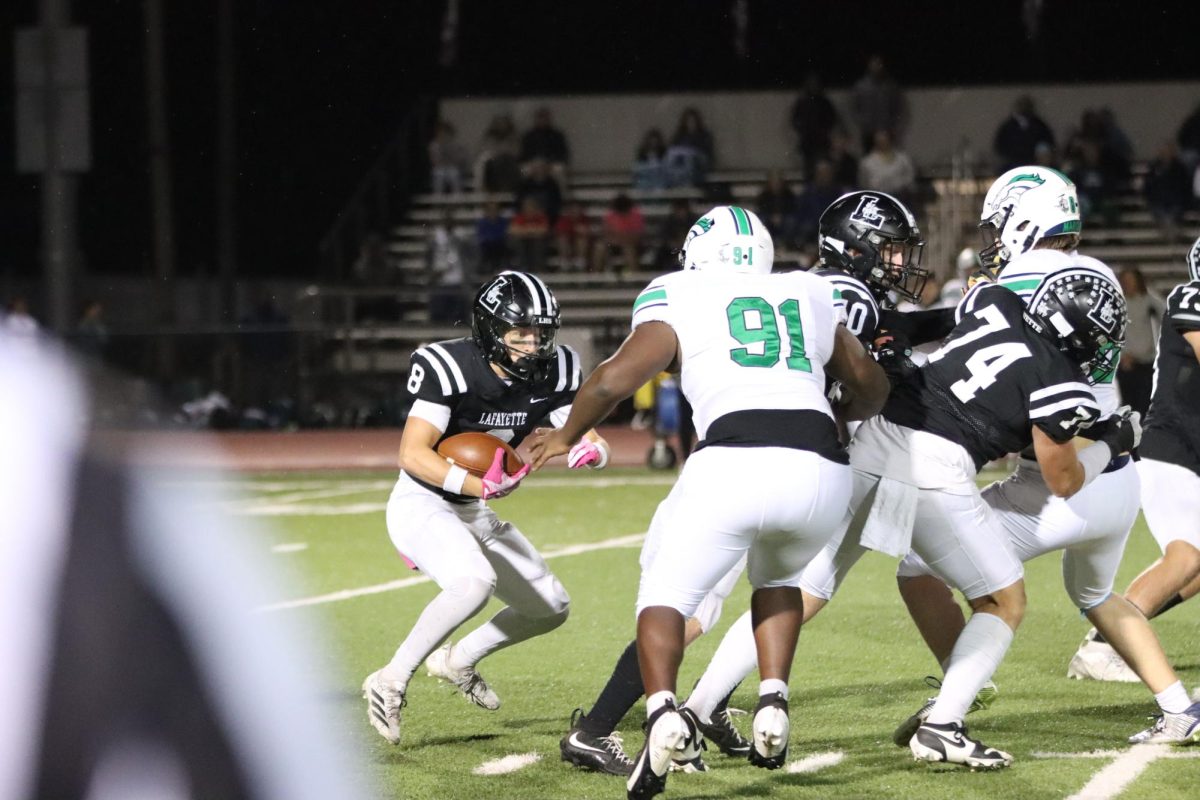
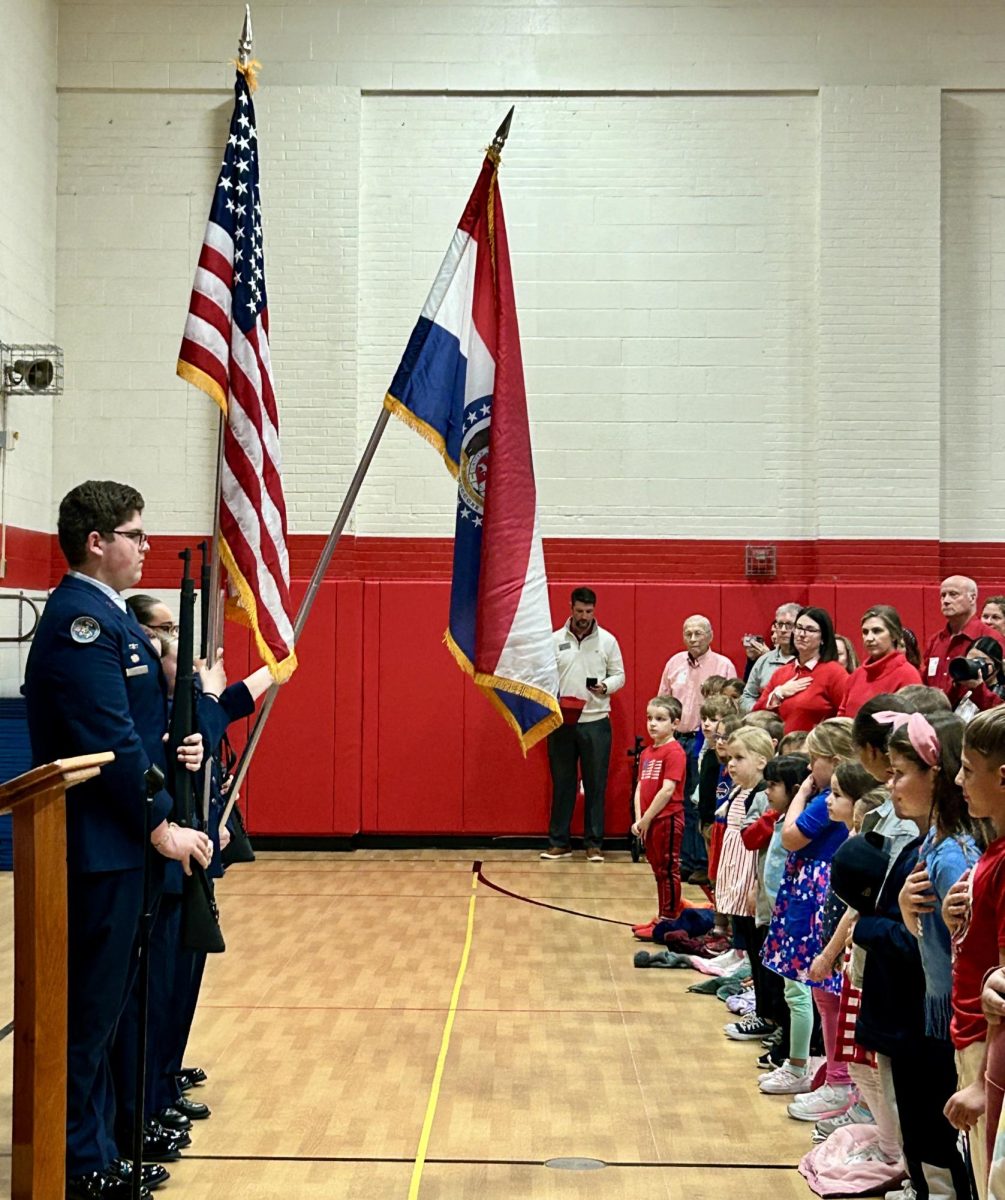
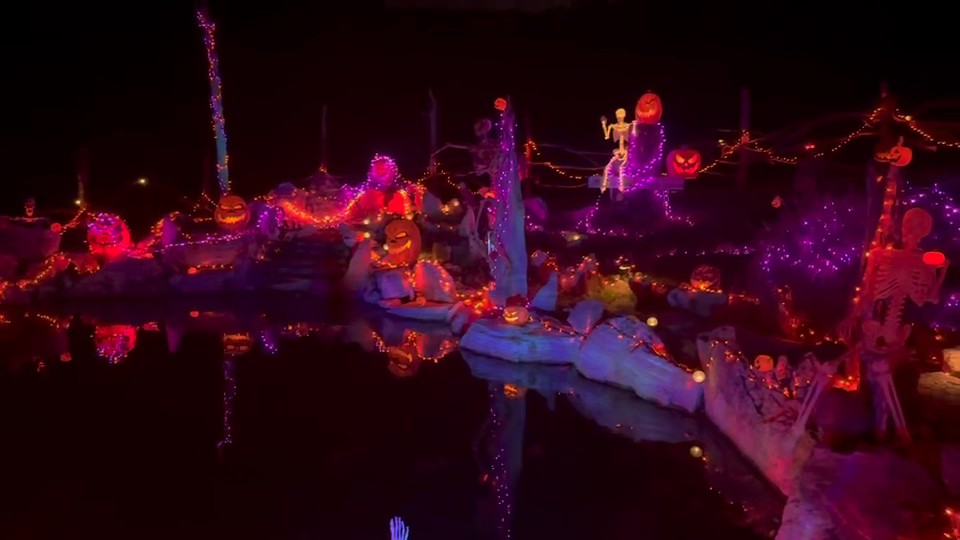
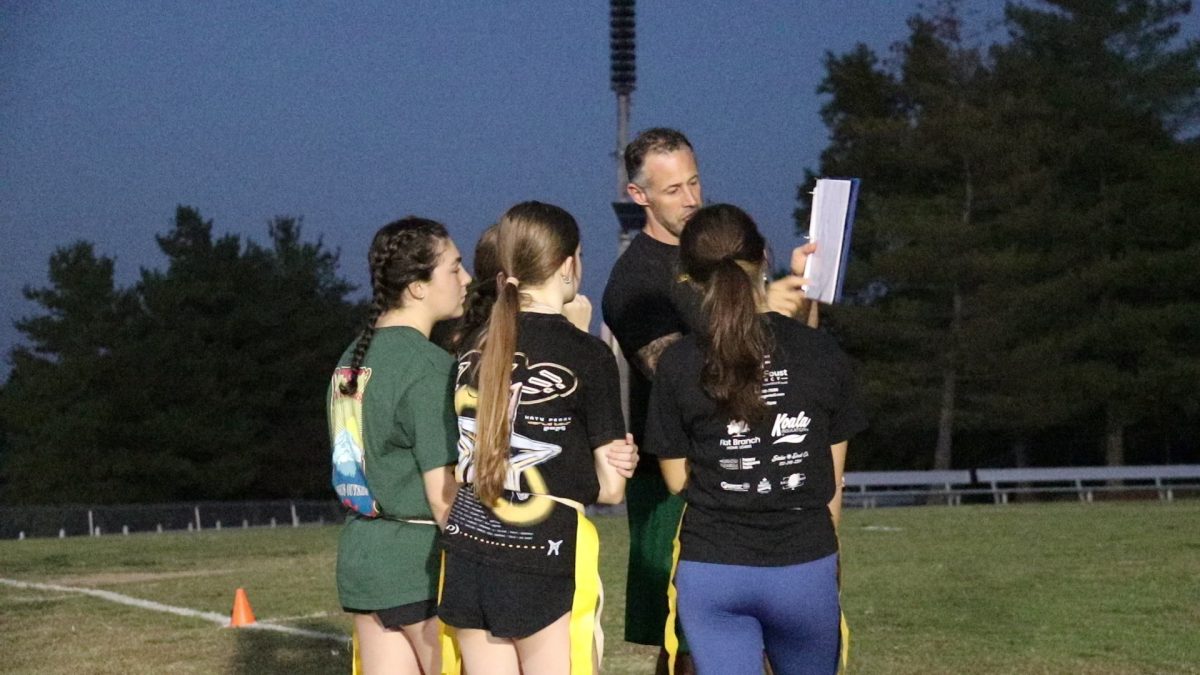


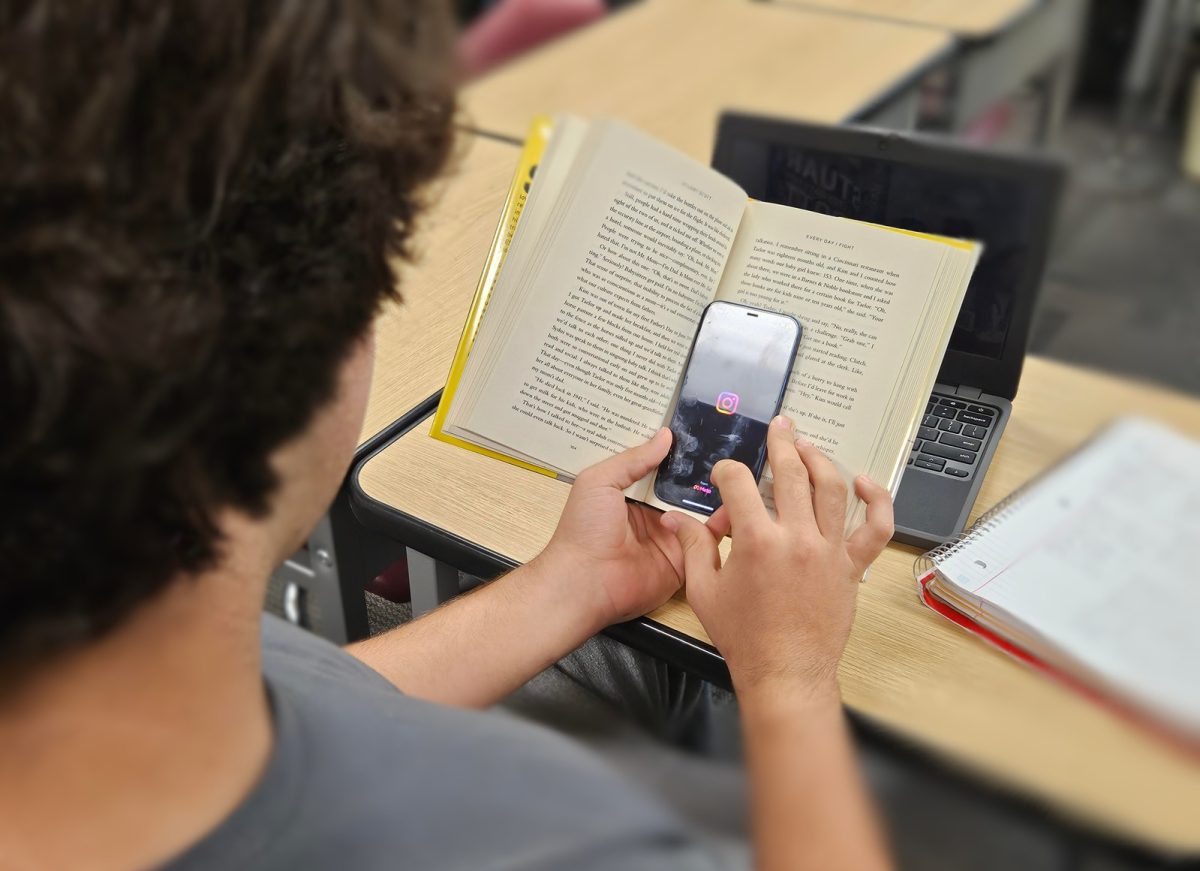

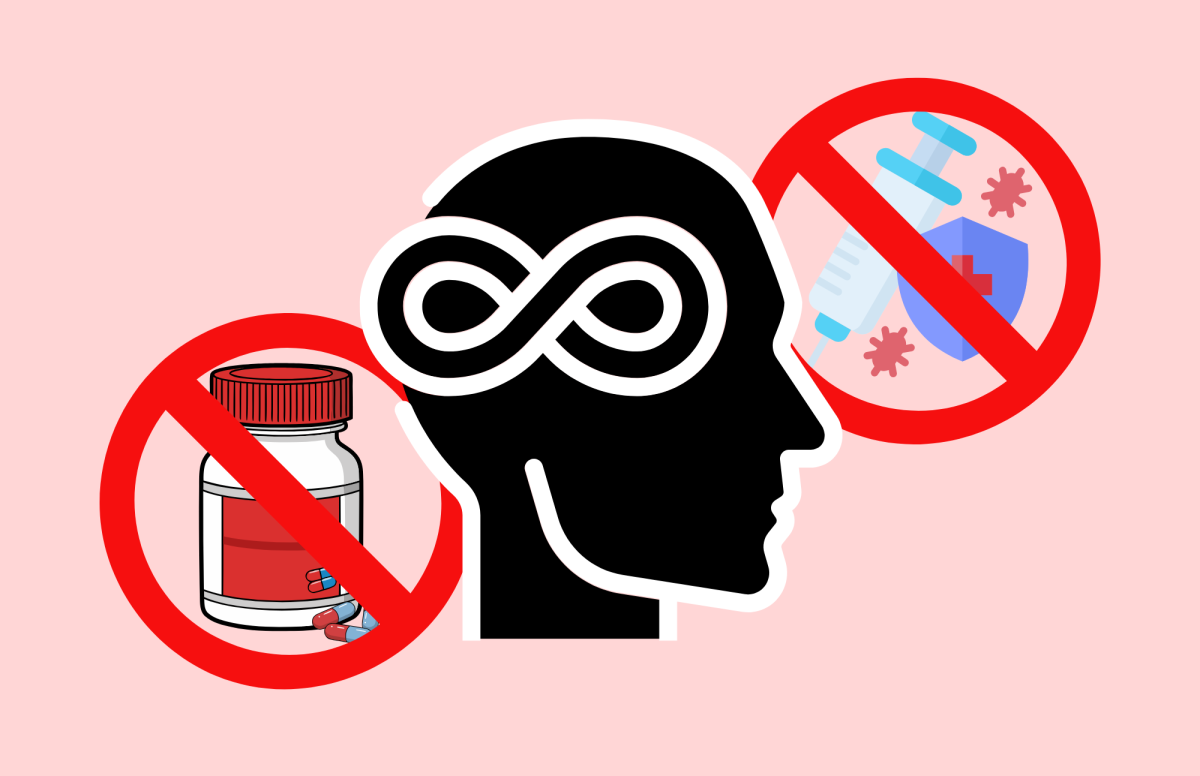

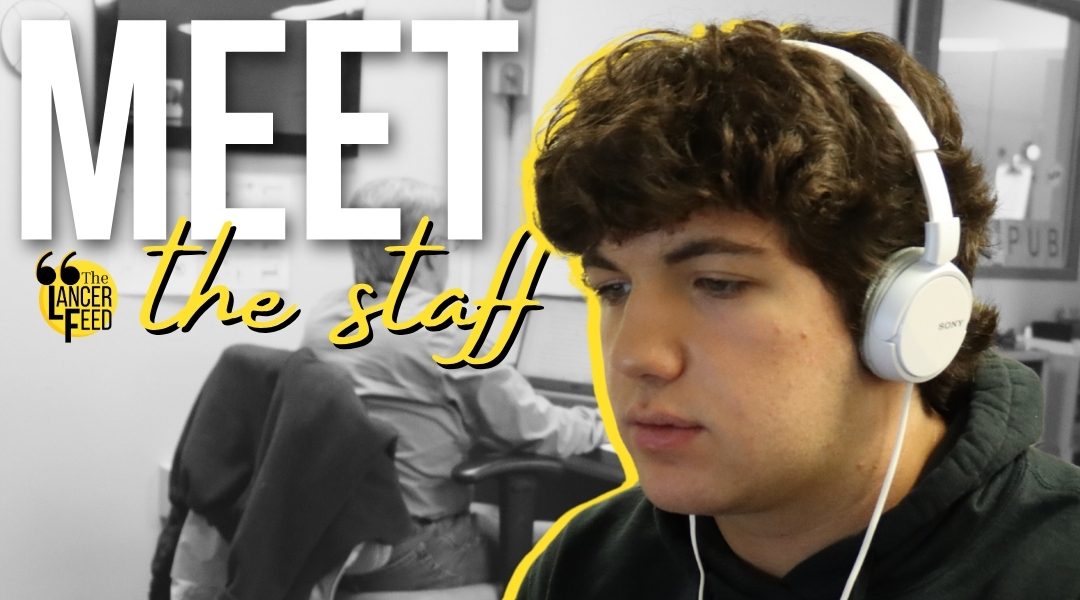
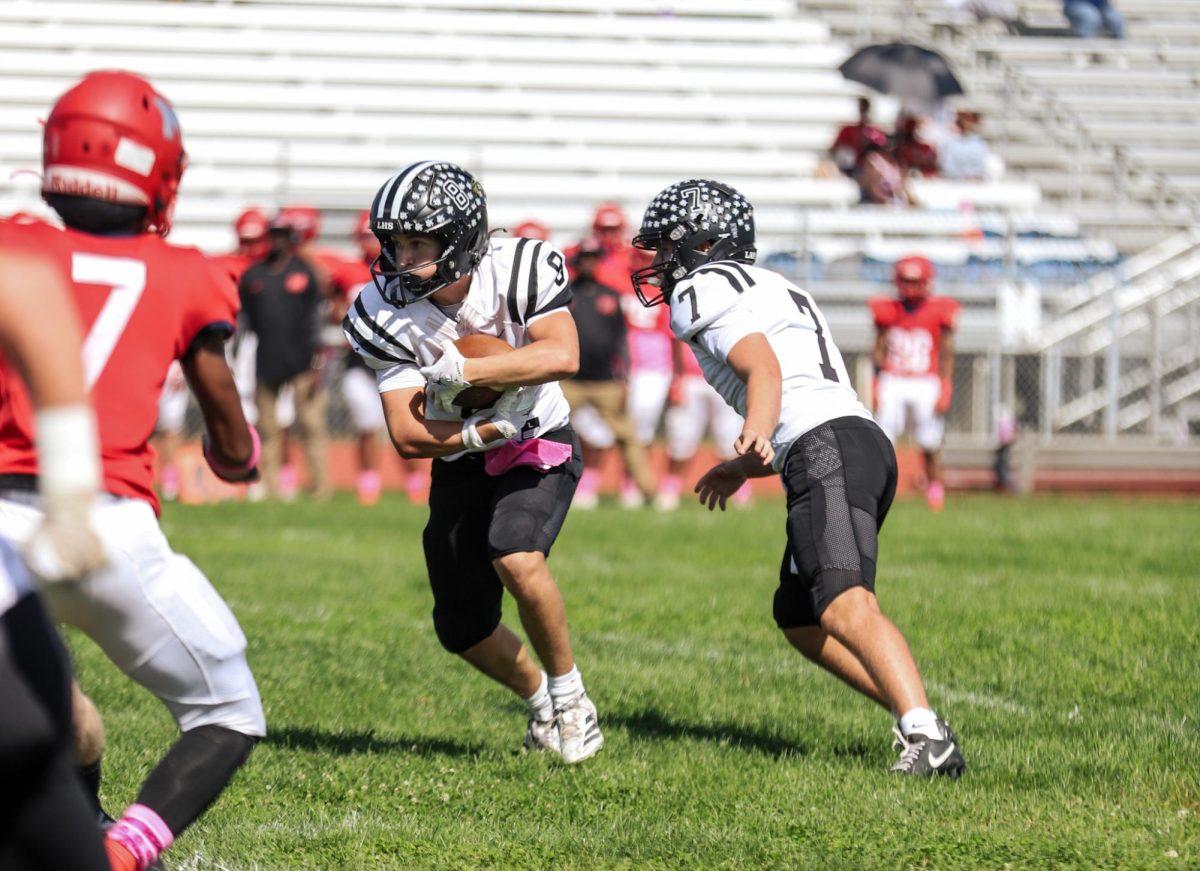
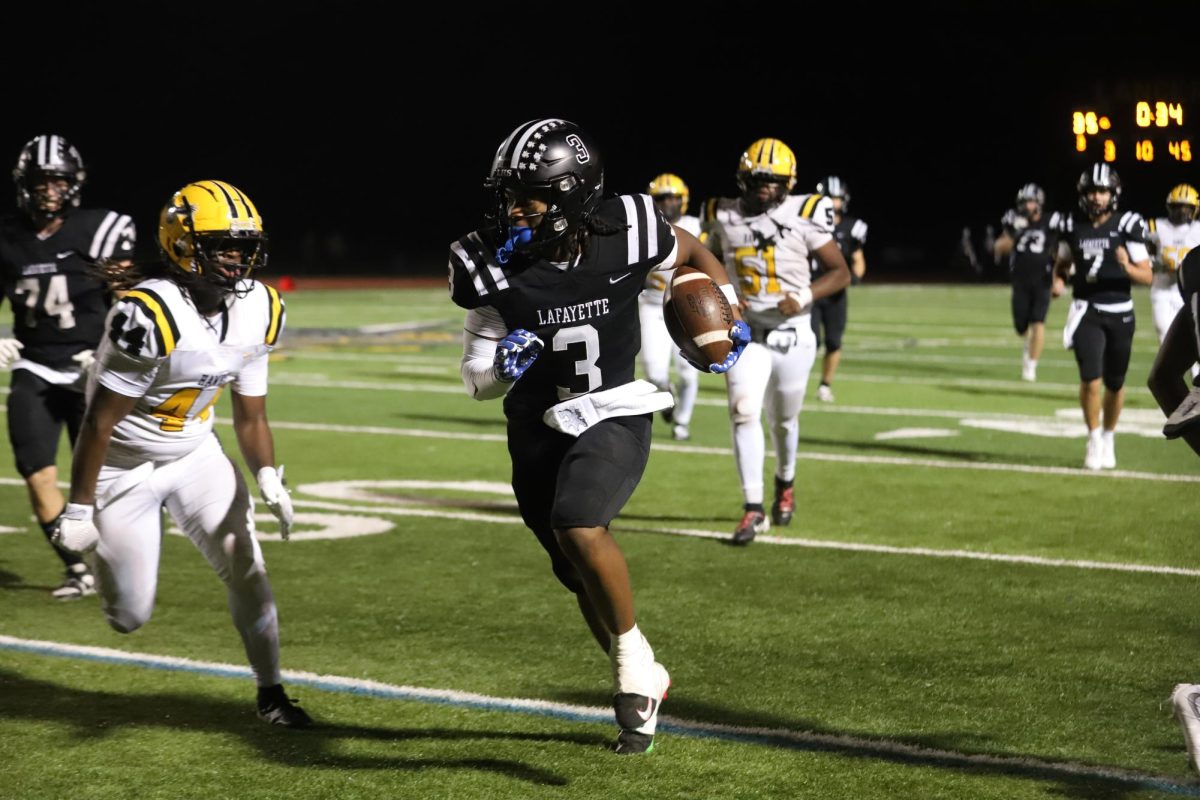

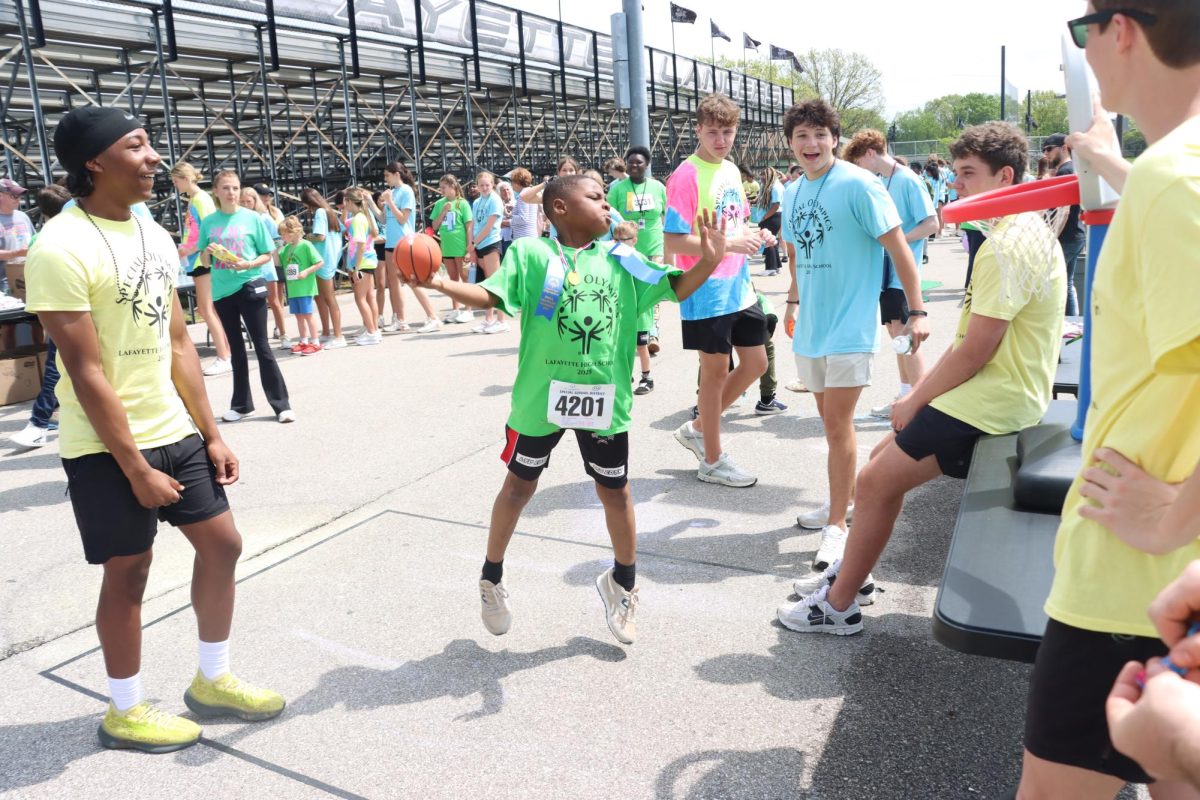


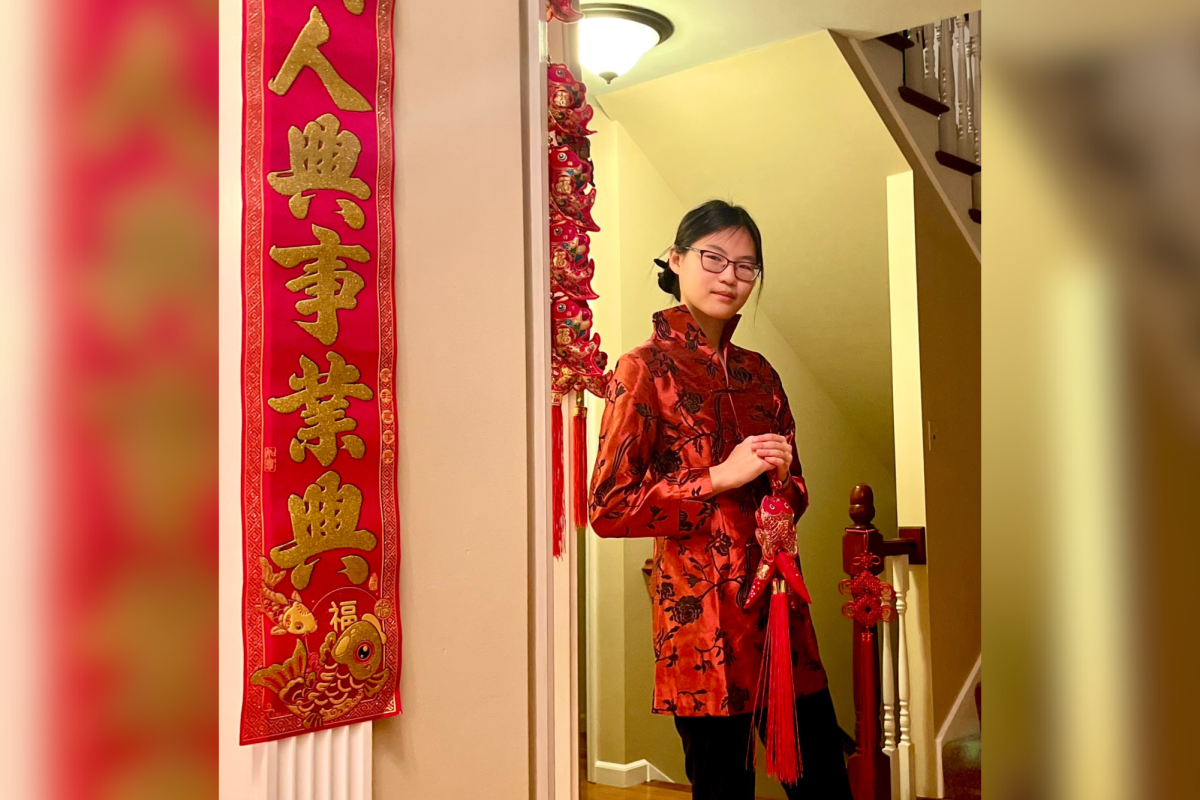

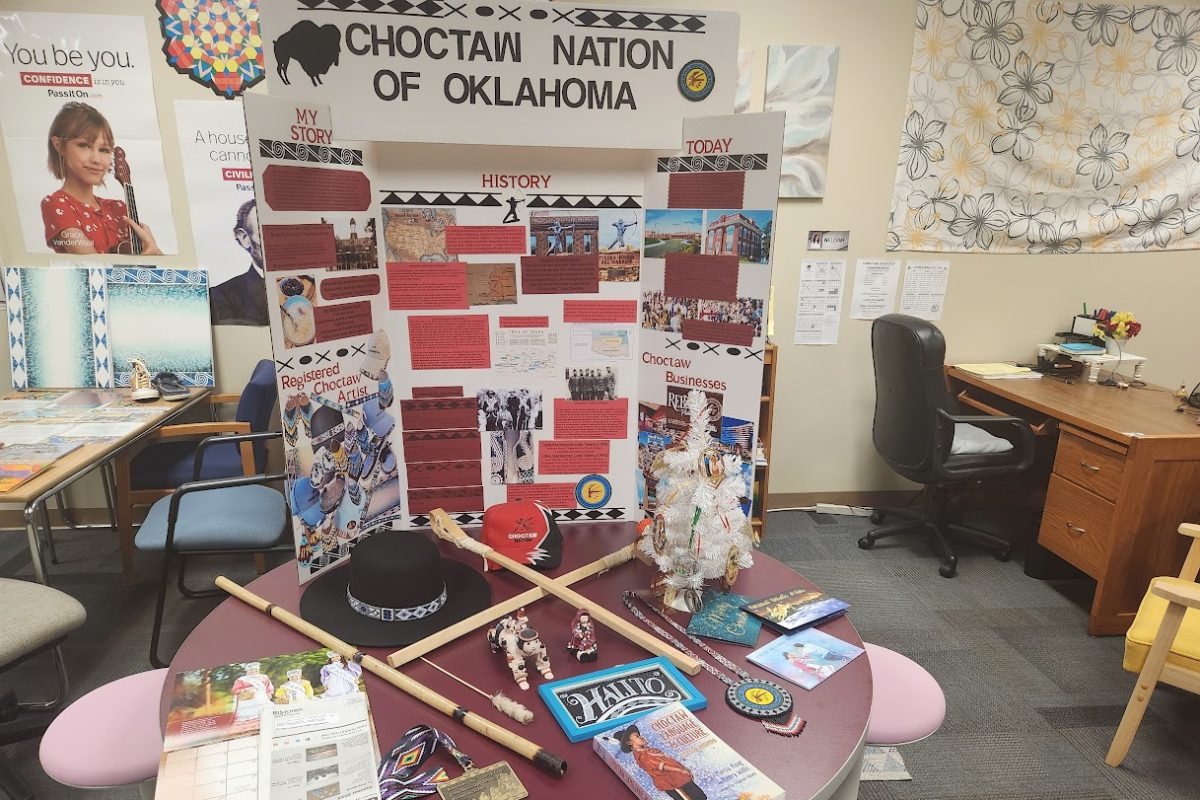

![During FACS Department Chair Becky Lawrence's 5th Hour Baking and Pastries class on Nov. 17, juniors Jack Dolle and Armani Turner eat the pies they made during their previous class. Because they can't use the water in their classroom, they also can't run their dishwashers. So, Lawrence had her students use paper plates and plastic utensils. "Luckily I had disposable things on hand for them to eat with, so they used that. And then, the pie plate and server I’m just going to throw in the other [classes'] dishwashers in between classes and hopefully I can keep up on it," Lawrence said.](https://lancerfeed.press/wp-content/uploads/2023/11/IMG_0008-1200x800.jpg)
